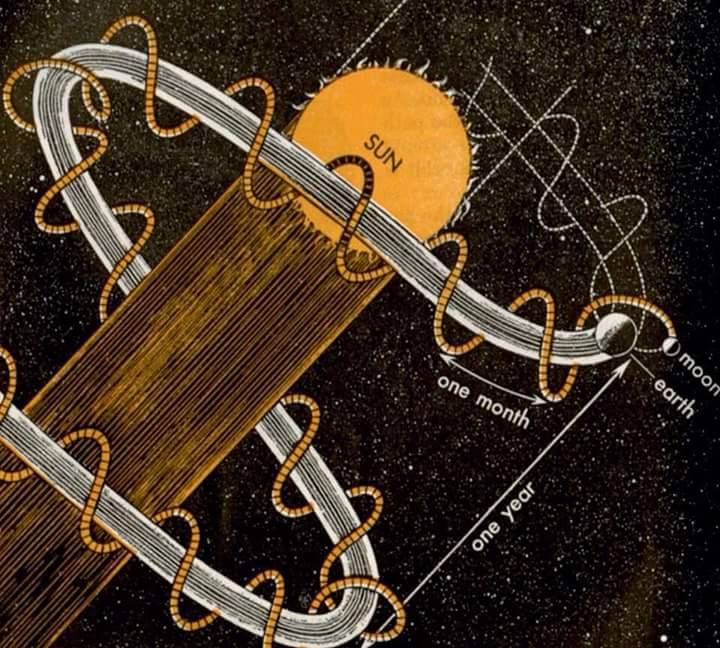Imagine we could do a complete scan of a portion of what we call reality. A full backup of something. The subject may appear as simple as for example just a short spoken sentence. But think of a scan that would enable us to totally recall that subject, to restore it to full extent. A scan that is not done in a primitive two-dimensional way like digital photos or videos, and not in the way we create so-called 3D objects from laser scanning, which basically are just hollow bodies with a bitmap texture attached to it.
No, I mean full backups. Where every aspect of the scanned subject is contained. Think of the air that vibrates in a characteristic way when the mentioned spoken sentence is being submitted to the listener; think of the molecule and even of the atomic vibration level that all is part of the subject, and of the things that may go even deeper: what Quantum Mechanics and Quantum Philosophy are talking about. Think about what extreme masses of data would need to be computed for even the smallest subject.
Also think of the aspect of motion through space. The location of an entity is also an important part of it, which is why for example LIDO takes a great amount of care about this. However while speaking only the shortest sentence, the location has already changed big time since the Earth orbits around the Sun at inconceivable speed, as the Sun travels along the Milky Way at an even much greater speed, and so on. Therefore the reference system that needs to be considered when attempting to do a complete scan adds another utmost extreme level of complexity.

So, this is all Science Fiction for the time being. Teleportation (or “beaming”, as it is called in the Star Trek realm)—which would be an example of using such scans—doesn’t seem to be on its way yet. However, we at Digital Heritage Minds do indeed aim to recall bits of reality as far as we can go with today’s digitization techniques.
Consider a restoration of a complex semi-automatic musical instrument like for example the piano-roll operated “Hupfeld Phonola” I’m playing here:
When such an instrument gets completely disassembled and all parts are getting refurbished, this is where DHM digitization comes into play. Each and every part could be 3D scanned by us, and become part of the digital object we provide for you as the result. These 3D scans would be of such high quality that, should this ever be needed, they can serve as templates for restoring parts of the instrument, or even build a whole new copy of the instrument. So that is what we can already offer when it comes to backup reality in the field of cultural heritage preservation!